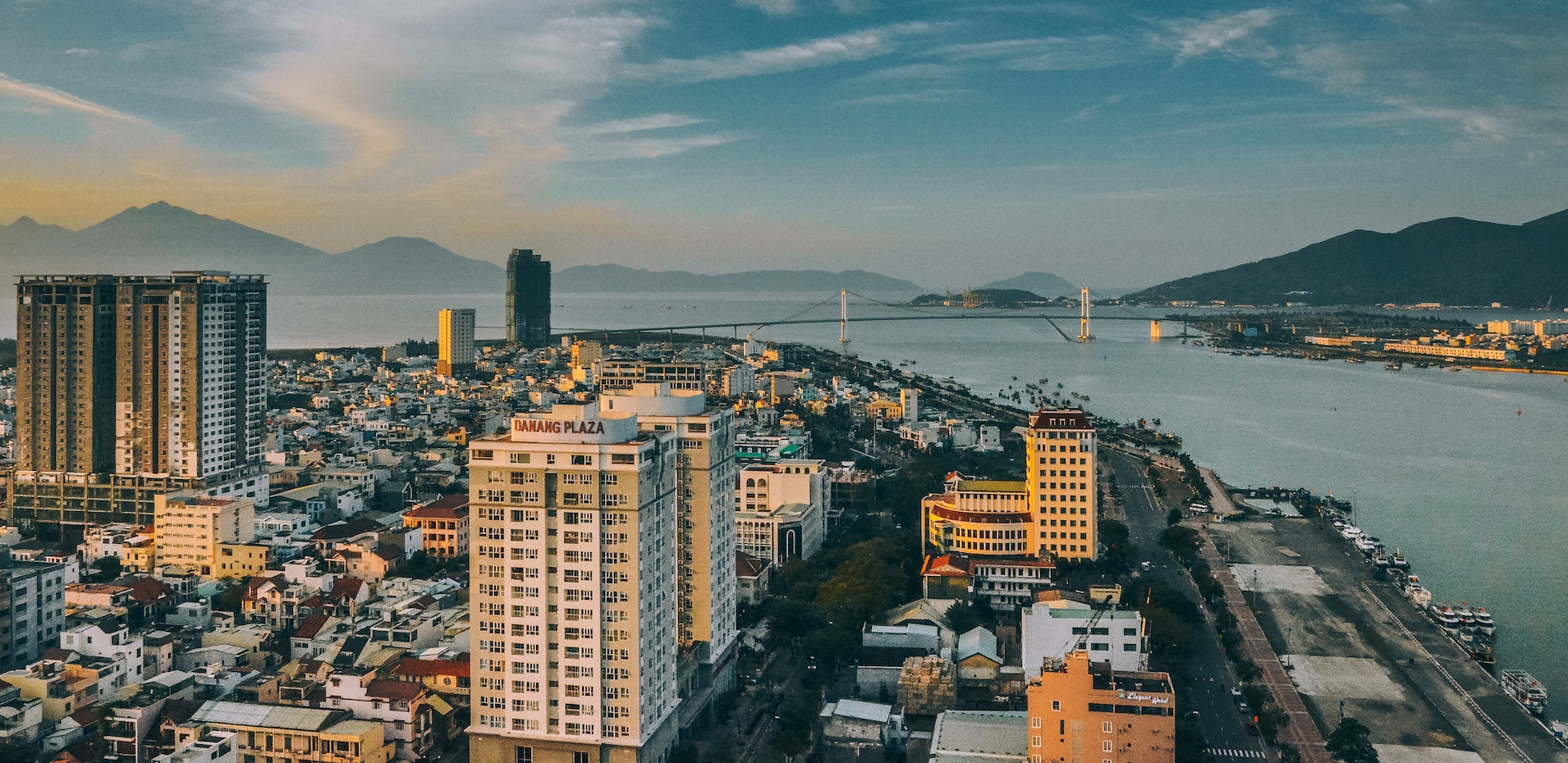Vietnam Leading Asian Renaissance
After the conclusion of the Vietnam War in 1975, the Vietnamese economy found itself among the world’s most impoverished. The war’s end brought limited relief as economic growth remained sluggish under the government’s Five-Year Plans. As the mid-1980s approached, the per capita GDP remained stagnant at a level ranging from US$200 to US$300.
However, this soon changed. Since the inception of the Đổi Mới reforms in 1986, Vietnam transitioned from being one of the most impoverished nations globally to attaining middle-income status within a single generation. Between 2002 and 2021, the country’s GDP per capita growth nearly quadrupled, reaching an impressive level of nearly US$3,700. Subsequently, Vietnam’s poverty rates—which previously stood at US$3.65/day in 2017—dwindled from 14% in 2010 to a mere 3.8% in 2020.
Vietnam’s rags to riches story has been underpinned by robust economic reforms in the agriculture sector, universal health coverage, better education, increased infrastructure access, environmental resilience and strategic governance reforms.
Now plans are in place to lift the nation to high-income status by 2045 – growing in a greener and more inclusive way. Therein lie challenges. How Vietnam overcomes these challenges to emerge victorious and become an example to other economies in Southeast Asia forms the crux of a plenary session in our upcoming Horasis Asia Meeting, scheduled to take place in Binh Duong, Vietnam between 3-4 December 2023.
The upcoming gathering will bring together 300 CEOs, entrepreneurs, along with prominent ministers from Southeast Asia and beyond. The primary focus of this meeting will be to delve into key trends that are set to influence Vietnam’s economic advancement, steering it towards an exciting new chapter of global growth.
Achieving High-income Status by 2045
In 2021, the Communist Party of Vietnam unveiled an ambitious agenda, which outlines the objectives that will steer it towards accelerated long-term development. As part of this vision, the government plans to endorse a set of economic targets by 2025, the year marking a significant milestone as Vietnam commemorates its 50th anniversary of southern liberation and national reunification.
Looking ahead, the country envisions itself as an advanced, upper-middle-income nation with a modern industrial base by 2030, a year that coincides with the centennial celebration of the founding of the Communist Party of Vietnam. By the year 2045, the nation aspires to transition itself to high-income developed status, an ambitious plan that will require an average growth rate of about 5.9% per capita for the country over the next 25 years.
Global Economic Malaise
As lofty and admirable as the 2045 target is, worldwide economic conditions may pose a serious challenge in the immediate term. The International Monetary Fund (IMF) projects a moderate decline in the global economic momentum in 2023. In its October 2022 update, the IMF has projected that global economic growth will fall to 2.7% in 2023 from 3.2% in 2022. This concern is driven by the prolonged impact of the COVIDE-19 pandemic and the ongoing conflict in Ukraine, which have created a climate of uncertainty on the global economic stage. Disruptions in the global economy—including soaring interest rates and thinning import demand in the West—will create a decisive impact on Vietnam’s economy, which leans heavily on exports.
Many enterprises, especially those in the apparel and footwear industries, have already reported a significant decline in export orders. Some have even described the current situation as the bleakest they have encountered in the past three decades. This adverse economic climate has led to widespread layoffs and business closures. Considering the present scenario, it appears increasingly challenging for Vietnamese enterprises to secure new orders, greatly amplifying concerns about the country’s economic outlook.
Institutional Reforms Warranted
Nevertheless, the country may have a chance to upgrade its long-term economic status if it adopts a series of institutional reforms to systematically upgrade its vision, capacity, and motivation across all its development priorities.
Vietnam must establish a robust institutional framework to translate development priorities into concrete actions and streamline administrative processes, while leveraging market-based incentives, enforcing regulations for trust and fairness and engaging in participatory processes for transparency and accountability. Implementing these reforms systematically will support Vietnam’s economic development vision, enhance its capacity to execute national strategies and help drive progress in critical socio-economic areas. These include green growth, digital transformation, financial inclusion, social protection, and infrastructure development, in line with the country’s development objectives.
Success to Replicate
Should the Vietnamese government realize its goal, the country’s success will be beneficial to Southeast Asia’s economic outlook. The presence of economic powerhouses such as Singapore, Thailand, and Vietnam will enhance the socioeconomic prospects of the region, potentially boosting its competitiveness in the global stage. Some considerations need to be addressed, however: Vietnam’s dependence on foreign capital and exports may have a spillover effect on other countries in the region, since Vietnam is a part of several free trade agreements – both across the region and beyond.
Vietnam’s economic rebound in the wake of the pandemic stands as a great example for other economies to follow and replicate. While economic headwinds may persist in the short and medium term, the country still has abundant opportunities to fulfill its goal of sustained economic growth, and its journey towards that dream will be exciting for the world to witness.
Photo Caption: A view of Da Nang, Vietnam



